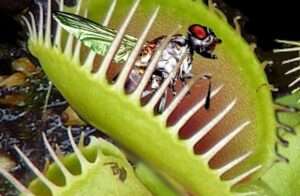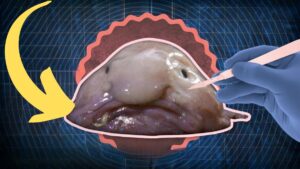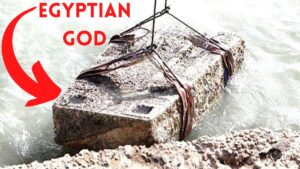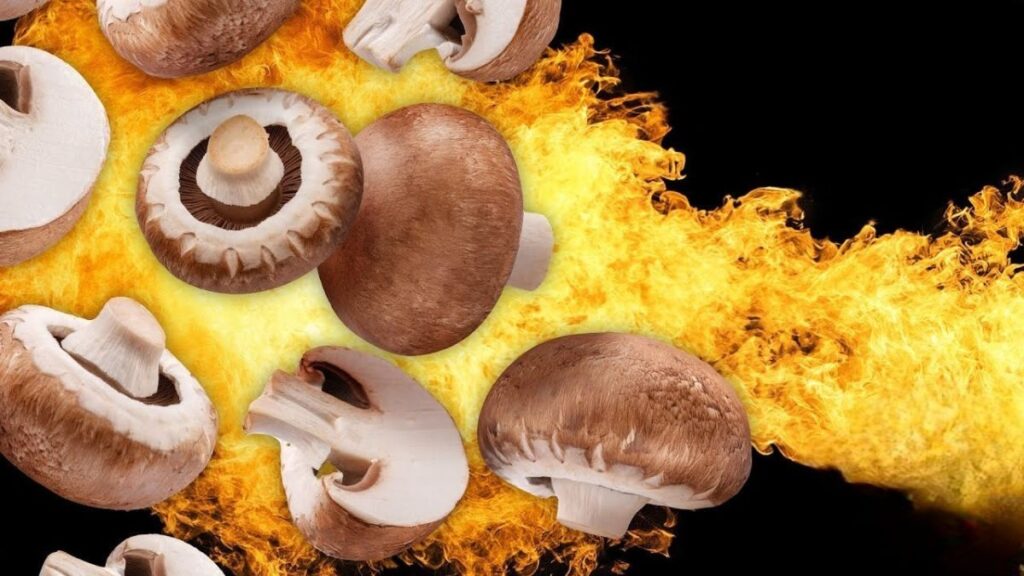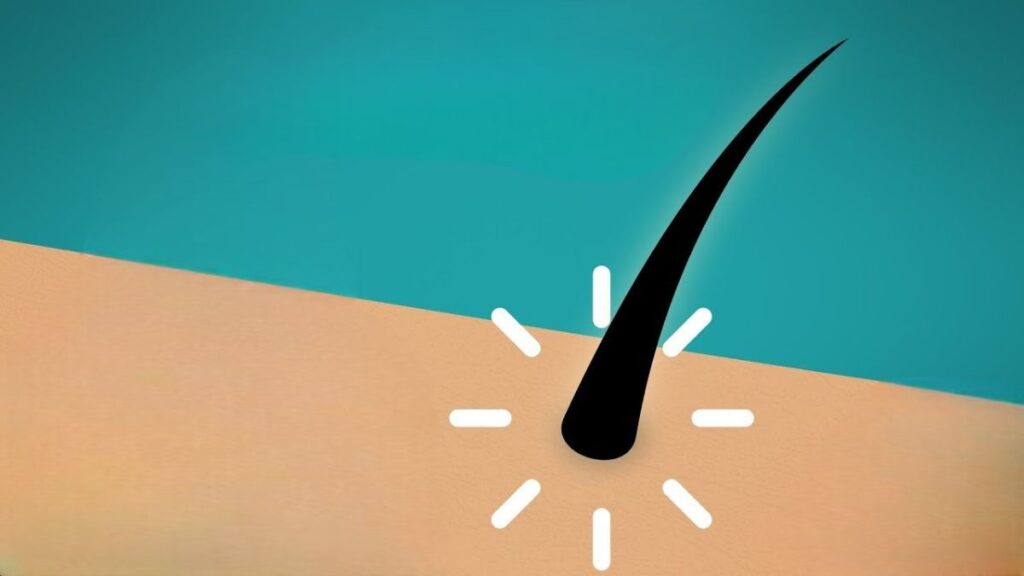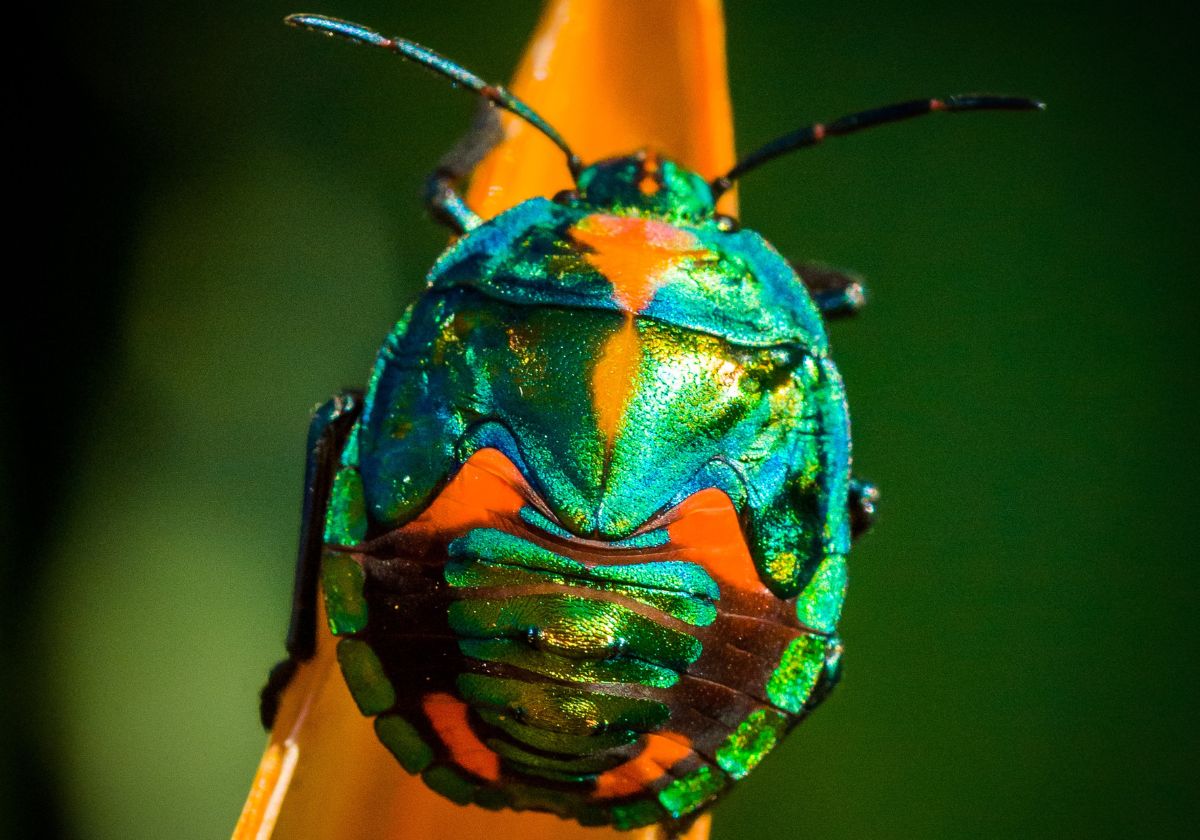
What’s an Insect Exoskeleton?
It’s a kind of armor suit that doesn’t have any bones on the inside. But the protection is on the outside to keep the body in proper shape and structure.
The problem occurs when it’s time for the insects to grow, it’s like a knight in the armor suit who has gotten really fat and is stuck.
The solution is that the knight needs a new armor suit, so he’s just gonna slurp himself out the backside of the old exoskeleton. For a while, the insect gets a soft exoskeleton and after a while, it gets a little biggger and then it hardens again.
Exoskeleton Animals
When talking about the exoskeleton animals, we’re basically taking about the insects and crustaceans like lobsters, crabs, centipede, millipede and stuff like that.
So, do we humans have exoskeleton?
No, we don’t have exoskeletons but we’ve got an internal skeleton because we the humans are vertebrates.
How does exoskeleton save life of Insects?
1. Protecting Internal Organs
As the insects are not vertebrates, so if they don’t have a protection then, their internal organs will be vulnerable. That’s why the insects have exoskeleton (hard outer covering) on outside body.
2. Protection from biological invaders
Their exoskeletons also have the work of protecting insect from the possible viruses, parasites and fungi. So that the insects could be healthy and protected from threats of biological invaders.
3. Protection from Predators
For insects to be protected, they have pigment (color patterns) in the exoskeleton which helps in hiding the insect from possible predators (hunters that come for prey).
4. Sending environment information
The exoskeleton also does an excellent job of attaching to the muscles and sending back the sensory information about the environment to the brain through receptors.
Insect Exoskeleton Made Of
The insect exoskeleton is made up of chitin (a large, structural polysaccharide which is major component in the exoskeleton of arthropods). This chitin substance is nothing but modified glucose i.e. carbohydrates. As the insect exoskeleton is made from carbohydrates, so it stays wet on its own.
Insect Exoskeleton Chitin
Chitin is the substance that forms insect exoskeleton and helps in water retention by not letting loss of water.
Chitin also gives the cuticle (the hard layer covering) strength and durability.
Insect Exoskeleton Layers
There are basically three layers of the insect exoskeleton, they are:
1. Epicuticle
Epi by name itself means uppermost, so Epicuticle is the uppermost layer which has smooth surface and by nature, they are waterproof due to layer of waxy molecules.
It helps the insect to save it from loss of water due to sunlight. Due to waterproof surface, it doesn’t absorb water into the body.
It is a thin layer and consists of 4 layers, they are:
1. Cuticulin
It is the innermost epicuticle layer which is made up of sclerotized proteins and lipids. Some layers of the exoskeleton may not be present in the body areas of some insect species but the cuticulin layer is always present there.
2. Exocuticle
By the name “exo” means outside whereas “cuticle” means hard layer covering.
So, the word “exocuticle” means hard layer covering which is present outside of the insect exoskeleton.
Above the endocuticle, the exocuticle is present and it is the mid layer of insect exoskeleton. It provides the exoskeleton its hardness and rigidity.
3. Endocuticle
As the name suggests “endo” means inside whereas “cuticle” means hard layer covering.
So, the word “endocuticle” means hard layer covering which is present inside of insect exoskeleton.
The thick, inner segment of the cuticle (the hard layer covering) is called the endocuticle. Generally, endocuticle is the thickest layer among all layers of the insect exoskeleton. It is the lowermost layer of the insect exoskeleton and is physically sof and flexible.
FAQs
How insect exoskeleton sends sensory information to their brain?
First, the insect’s brain collects all the sensory information present in the environment through 3 receptors. They are:
- Mechanoreceptors : They detect mechanical stimuli like vibration, touch, pressure, sound and send signal to the brain.
- Chemoreceptors : They detect chemical compounds like acids, essential oils and helps in chemical communication in the body.
- Photoreceptors : They detect light and sends electric signals to the brian.
These first 2 (both 1 and 2) are found in the insect exoskeleton whereas the 3rd is found in the retina of compound eye.
Mechanoreceptors are responsible for sending information of the movement or location around it in the environment.
Chemoreceptors are responsible for sending the signals of the smell and taste to the brain.
Photoreceptors are responsible for converting light signals came into the retina into electric impulses and sending it to the brain.
What are the various functions of the insect exoskeleton?
There are various functions of the insect exoskeleton, they are:
- provides a proper structure to the insect body
- prevents any kind of mechanical and chemical damage
- protects from the infection caused by the microorganisms and parasites
- helps in the inhibition of the water loss
- also helps in the muscle attachment for movement (locomotion) of the body
- also develops the trachea of the respiratory system by forming a lining for the foregut and hindgut areas present in the digestive system
- helps in the wing formation in adult insects
How insect exoskeleton attaches to their muscles?
Muscle directly attaches to the insect exoskeleton. But in the case of humans, our muscles are first connected to the tendons and ligaments and hence get connected to the bone.
The insect exoskeleton by its structure is not a single surface material that we think. Instead, the exoskeleton possesses several jointed plates/muscles. These muscles help the insect during the movement. When the insect tries to move, first it will have to move its muscles. Since their attachment region is practically infinite, this allows the insect to move their muscles with more flexibility.
What are the disadvantages of the insect exoskeleton?
As we know the insect exoskeleton is a very useful tool for the insect but, like an armor suit, it restricts the size that insects can gain. Hence, its rigidity prevents the growth of the insect.
When does the insect replace its exoskeleton?
when the insect exoskeleton is replaced with a new and larger one during the molting (shedding of exoskeleton). The insects do the molting process when they are too big for their exoskeleton and they develop a new and larger one and thus replace with it. (insect exoskeleton diagram, bug exoskeleton identification)
